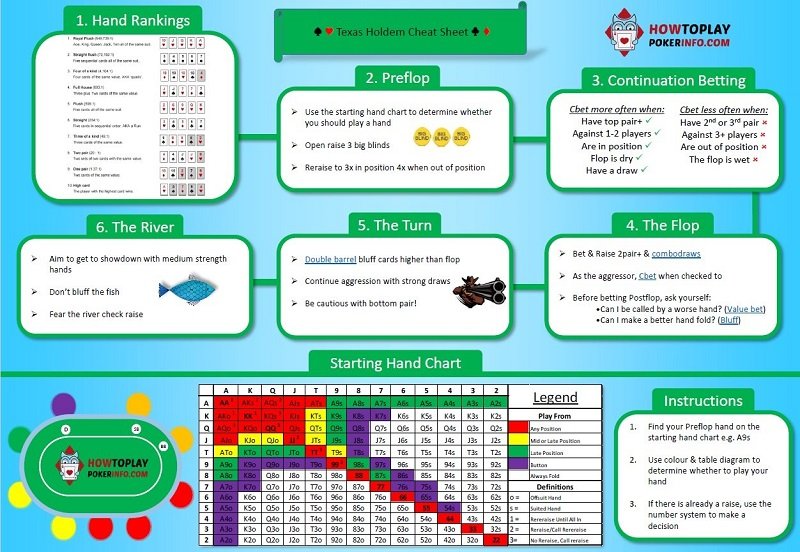Odds Of Poker Hands In Texas Holdem
- Texas Hold’em is a popular poker game played between two or more people. Two cards are dealt face down to each player, with up to five ‘community cards’ dealt face up in the middle of each hand.
- All Hold'em odds, for all gaming situations, and all the math behind the game, are covered in the book Texas Hold’em Poker Odds for Your Strategy, with Probability-Based Hand Analyses. The book holds all you need to now for using probability in your strategy, including examples and a relevant collection of probability-based analyses on.
- All Texas Holdem hands have 47 unseen cards after the flop and 46 after the turn. The chart is nothing more than the number of outs and these two unseen cards amounts, expressed in different ways. Those on mobile devices or tablets may wish to view the holdem after flop outs odds chart in high quality.pdf format.
Playing poker is about playing the odds. The following list gives the odds for outcomes in Texas Hold’em hands. When you realize how heavily the odds are stacked against you, you may want to rethink going all-in before the flop with two suited cards. Use the odds to your advantage:



Odds Of Poker Hands In Texas Hold'em

Texas Holdem Poker Two Card Hand Frequencies. Both before and after the flop in any limit Holdem game, it is helpful to be able to make a reasonably accurate estimate of the types and numbers of playable hands that you are likely to be competing against. In the case of Texas Hold'em, there's the 2 pocket cards and 5 on the board. This way of working out the probabilities would be the more accurate way - however, just to note, the probabilities worked out on 5 of 52 are practically the same, and far easier to calculate.
Probability Of Poker Hands In Texas Holdem
1 percent (1-in-100): Percentage of time that no player holds an Ace or a King at a table in a 10-handed game
1 percent (1-in-100): Percentage of time that if you hold two suited cards, you’ll flop a flush
6 percent (about 1-in-20): Percentage of time that five community cards will give pocket suited cards a flush
6 percent (about 1-in-20): Percentage of time that you’ll be dealt a pocket pair
8 percent (about 1-in-12): Percentage of time that you’ll hit at least trips after having a pair on the flop
12 percent (about 1-in-8): Percentage of time that you’ll flop trips if holding a pocket pair
12 percent (about 1-in-8): Percentage of time that two more cards will flop in the same suit as a suited pocket pair
19 percent (about 1-in-5): Percentage of time that the five community cards will at least trip your pocket pair
32 percent (about 1-in-3): Percentage of time that you’ll pair one of your cards on the flop (with no pocket pair)
33 percent (about 1-in-3): Percentage of time that you’ll make a full house or better after having trips on the flop
35 percent (about 1-in-3): Percentage of time that you’ll make a flush on the turn or river if you have four cards to a flush after the flop